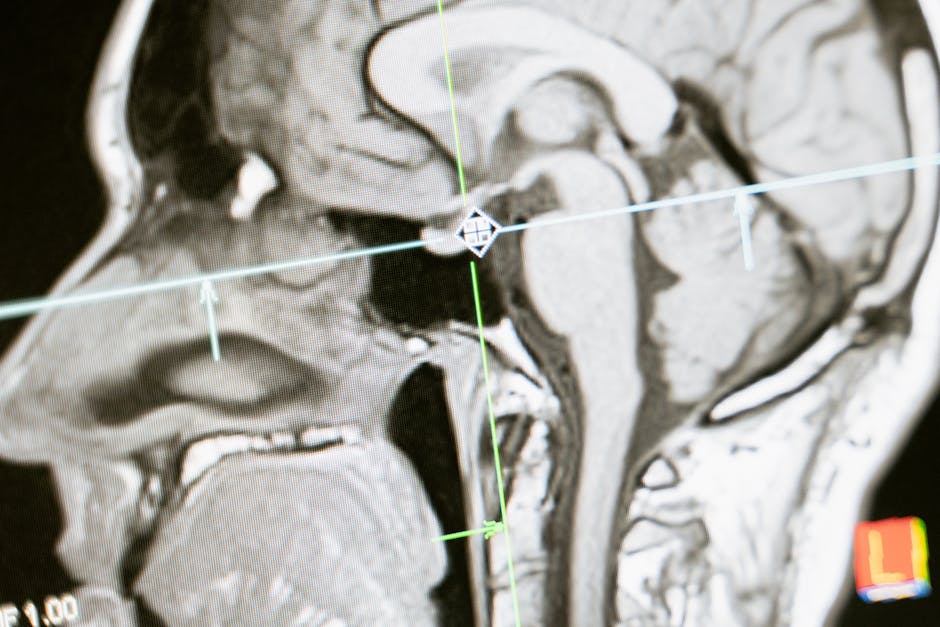-
Keel Laying of 4th NGOPV (Yard 3040): Ceremony held at Garden Reach Shipbuilders & Engineers Ltd (GRSE), Kolkata, on April 24, 2025. Marks a major step in its construction.
-
Contract for 11 NGOPVs: Signed on March 30, 2023, for indigenous design and development. Goa Shipyard Ltd (GSL) is the Lead Shipyard (7 vessels), GRSE the Follow Shipyard (4 vessels).
-
NGOPV Capabilities: Approximately 3000 tonnes. Designed for coastal defence & surveillance, search & rescue, protection of offshore assets, and anti-piracy missions. Enhances maritime domain awareness and low-intensity maritime conflict capabilities.
-
“Aatmanirbhar Bharat” and “Make in India”: Project aligns with national initiatives promoting self-reliance in defence manufacturing.
- Multi-Role Purpose: Intended for maritime surveillance, anti-piracy, pollution control, and EEZ patrol duties.
- Augment Indian Naval Prowess: The eleven NGOPVs are being built in consonance with the nation’s vision of ‘ Aatmanirbhar Bharat ‘ and ‘ 41.5 48.3 47.8C117.2 448 288 448 288 448s170.8 0 213.4-11.5c23.5-6.3 42-24.2 48.3-47.8 11.4-42.9 11.4-132.3 11.4-132.3s0-89.4-11.4-132.3zm-317.5 213.5V175.2l142.7 81.2-142.7 81.2z"/> Subscribe on YouTube
Monsoon & India’s Food Prices
-
Above-Normal Monsoon Forecast: IMD forecasts above-normal monsoon for 2025 (105% of LPA), potentially boosting agricultural output.
-
Regional Variations: Uneven distribution predicted; below-normal rainfall in some regions (J&K, Ladakh, Tamil Nadu, Bihar, Northeast), normal to above normal in core monsoon zone (MP, Rajasthan, Maharashtra, Odisha, Chhattisgarh, UP, WB)
-
Monsoon Impact on Food Prices: Good monsoons generally lower prices, but specific crop issues can still cause price hikes. Supply chain disruptions during heavy rains raise transportation costs.
-
Monsoon Failure & Imports: Deficient rainfall increases import dependence (pulses, edible oils), fueling inflation.
-
Other Inflation Factors:
- Supply shocks (hoarding).
- Global commodity prices (edible oils, pulses).
- Monetary policy (higher interest rates).
- Government policies (MSPs, export restrictions).
- Supply chain weaknesses (storage, transport).
-
Steps to Control Inflation:
- Improve supply chain management.
- Promote Agri-Tech.
- Encourage agricultural diversification.
- Reform food subsidy systems.
- Climate-smart practices.
MR
-
National Zero Measles-Rubella Elimination Campaign 2025-26 Launched: Aims for 100% immunization coverage with two M-R vaccine doses for all eligible children. This is crucial because measles and rubella are highly infectious and can cause serious complications and death, especially in vulnerable populations.
-
Goal: Eliminate Measles and Rubella in India by 2026. This is significant due to the diseases’ high infection rate and potential for severe lifelong complications.
-
Progress: 332 districts reported zero measles cases and 487 districts reported zero rubella cases (January-March 2025). Demonstrates advancement towards M-R elimination.
-
“ACT NOW” Policy: Focuses on eliminating M-R similar to the success achieved with Polio and Maternal and Neonatal Tetanus. The policy aims to accelerate efforts and ensure no child is left behind in the vaccination drive.
-
Current Vaccination Coverage: India’s
MR vaccination coverage is at 93.7% (first dose) and 92.2% (second dose) (2024-25 HMIS data). High coverage is vital for achieving herd immunity and preventing outbreaks. -
IEC Materials Released: Multi-language materials (posters, radio jingles, film)
to raise awareness and promote community participation. These materials are intended to address vaccine hesitancy. -
Call for Jan Bhagidari: Encourages inclusive participation of community leaders to spread awareness. Public support can significantly improve vaccination rates.
-
Universal Immunization Programme (UIP): Provides free M-R vaccines to children at 9-12 months and 16-24 months. UIP acts as a large program for vaccines across India for children and pregnant women.
-
Measles and Rubella Champion Award: India received international recognition for its efforts in preventing Measles and Rubella. The award recognizes India’s exceptional efforts.
-
Decline in Cases: India has seen a 73% decline in Measles cases and a 17% reduction in Rubella cases in 2024 compared to 2023. Demonstrates the effectiveness of current strategies.
Uncharted Territory
- The “Spaghetti Bowl Phenomenon” is in the news due to ongoing debates about regional trade policies and the increasing number of Free Trade Agreements (FTAs).
- The term, coined by Jagdish Bhagwati in 1995, describes the complex web of overlapping FTAs that can hinder rather than help trade.
- Each FTA has unique Rules of Origin (ROO), creating challenges for producers trying to comply with different requirements across multiple FTAs. This complexity is the core issue.
- The “spaghetti” analogy illustrates the messy and difficult-to-navigate nature of these trade rules.
- The primary impact is that despite the rise in FTAs, regional trade volumes can stagnate because of the complexity and confusion caused by the “Spaghetti Bowl Phenomenon.”
Malaria Day 2025
-
World Malaria Day 2025 Theme: “Malaria Ends With Us: Reinvest, Reimagine, Reignite.” (Observed annually on April 25th)
-
Global Malaria Burden: Remains a major health challenge, affecting 263 million people and killing over 600,000 annually. Africa bears 94-95% of the burden.
-
India’s Progress: Significant decline in malaria cases and deaths between 2015 and 2023. India exited WHO’s High Burden to High Impact (HBHI) list, aiming for malaria-free status by 2030.
-
Treatment & Prevention: Advanced drugs like chloroquine and artemisinin. Tools like insecticide-treated nets (ITNs). Vaccines: RTS,S/AS01 (Mosquirix) and R21/Matrix-M approved. Chemoprophylaxis and Preventive Chemotherapy.
-
Global Initiatives: WHO Global Malaria Program and Global
Technical Strategy for Malaria 2016–2030 (aims to reduce malaria cases and deaths by at least 90% by 2030, eliminate malaria in ≥35 countries by 2030 ).E-2025 initiative (WHO has identified 25 countries, with the potential to eradicate malaria by 2025). Genetically Modified Mosquitoes to Fight Against Malaria. -
National Initiatives:
National Framework for Malaria Elimination 2016-2030, National Vector-Borne Disease Control Programme, MERA-India, HBHI Initiative, National Malaria Control Programme (NMCP). -
Historical Context: Malaria significantly impacted human migration, European colonization, and the slave trade. Understanding malaria transmission enabled colonial expansion in Africa.
GPS Spoofing
-
Event: Indian Air Force (IAF) aircraft experienced GPS spoofing while delivering aid to Myanmar under “Operation Brahma” after an earthquake in late March 2025.
-
GPS Spoofing Defined: A cyberattack that uses false GPS signals to mislead an aircraft’s navigation systems. It can overpower weak satellite signals, causing receivers to display incorrect location data.
-
Risk Factors: GPS spoofing can lead to hijacking, misdirection of aircraft, disruption of military operations, and potential friendly fire incidents.
-
IAF Response: The IAF acknowledged the potential for degraded GPS availability, as indicated by a
“Notice to Airmen” (NOTAM) issued by Mandalay International Airport. They asserted that their crews are trained to handle such situations and that all missions were completed safely and as planned. -
Extent: Reportedly, a majority of the six military transport aircraft deployed experienced GPS spoofing. Five landed in Yangon and Nay-Pyi-Daw on March 29-30, and one went to Mandalay on April 1.
-
Mitigation Measures: Potential countermeasures include using multi-constellation systems, advanced signal processing, and anti-spoofing devices.
INS Surat
- Successful Missile Test: INS Surat successfully test-fired a medium-range surface-to-air missile (range ~70km) in the Arabian Sea, demonstrating precision engagement against a sea-skimming target.
- Indigenous Design & Development: This achievement showcases India’s growing capabilities in indigenous warship design, development, and operations.
- Commitment to Self-Reliance: The test underscores India’s commitment to ‘Aatmanirbhar Bharat’ (self-reliant India) in defense manufacturing.
- Milestone Achievement: The Navy considers this a significant milestone, highlighting its dedication to safeguarding national maritime interests.
- INS Surat Overview: INS Surat is the fourth and final 132.3s0 89.4 11.4 132.3c6.3 23.7 24.8 41.5 48.3 47.8C117.2 448 288 448 288 448s170.8 0 213.4-11.5c23.5-6.3 42-24.2 48.3-47.8 11.4-42.9 11.4-132.3 11.4-132.3s0-89.4-11.4-132.3zm-317.5 213.5V175.2l142.7 81.2-142.7 81.2z"/> Subscribe on YouTube






